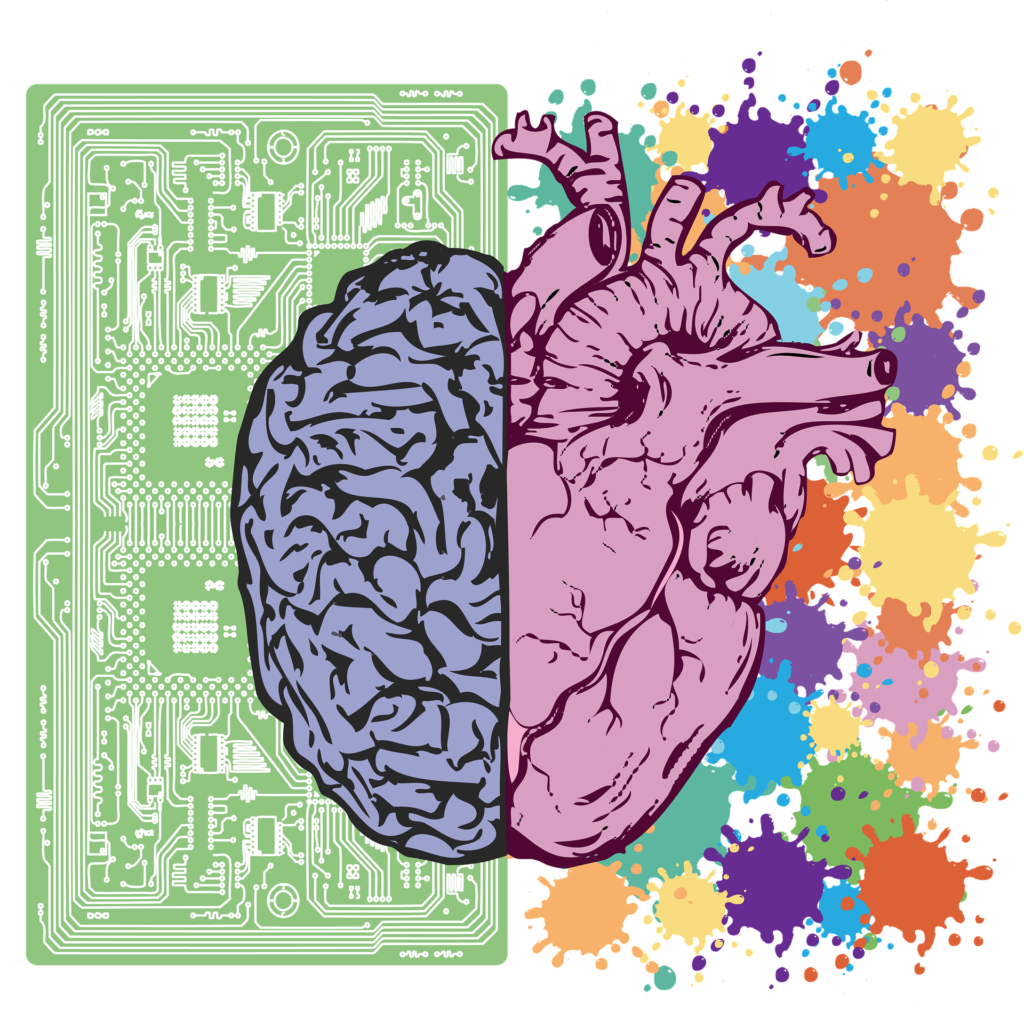How to Teach Emotional Intelligence to Your Leaders & Their Teams

When we talk about learning and development, our minds often go straight to the “hard” skills: industry-specific, job-related tasks. And that makes sense—these skills are much easier to standardize, train, and evaluate than the softer skills like communication or teamwork. However, the reality is that these soft skills are critical to professional success, as a recent ManpowerGroup study revealed that 61 percent of American companies rate soft skills as the most desired in new hires. According to ManpowerGroup, these skills are the “Human Strengths” that will future-proof our workforce against automation.
And chief among those soft skills is emotional intelligence (EQ). In fact, a 2011 CareerBuilder survey found that 71 percent of HR professionals value EQ over IQ, and 75 percent are more likely to promote an employee with high emotional intelligence and a low IQ versus one with a high IQ and a low EQ. So let’s take a look at what emotional intelligence is, exactly, and how HR and learning and development departments can help every leader and team member within their organizations develop a high EQ.
What Is Emotional Intelligence?
While the concept has roots all the way back to Plato and his crew, the phrase was coined by John Mayer and Peter Salovey (current Yale University president) in the late 1980s. According to a recent FastCompany article, “Salovey studied emotions and behavior, and Mayer studied the link between emotions and thought. The two had a conversation while painting [Salovey’s house], and the name ‘emotional intelligence’ was born.” A decade later, a New York Timesscience reporter named Daniel Goleman popularized the term with his book, Emotional Intelligence.
Since then, study after study has shown that EQ does indeed surpass IQ as a predictor of professional success, and according to the Institute for Health and Human Potential, emotional intelligence has two key factors:
- The ability to recognize, understand, and manage our own emotions
- The ability to recognize, understand, and influence the emotions of others
Here at Quantified, We Believe the Root of Emotional Intelligence Is Communication
Understanding the verbal and nonverbal signals we send and knowing how those signals affect our audience, as well as being able to recognize and interpret the signals we’re receiving and adjust our own strategies accordingly, is at the foundation of any successful, influential interaction in our personal or professional lives.
Knowing how to pitch our voices and which gestures to use when we want our audiences to feel indignant, relaxed, or inspired; knowing how to project collected confidence despite inner uncertainty; and knowing how to gauge your audience’s reaction and shift gears midconversation are all hallmarks of managing our emotions and influencing others’.
To Teach Emotional Intelligence, Focus on Communication Skills
We understand the resistance to spending time and resources on soft skill training when the methods are subjective and the ROI is difficult to measure. But the good news is that communication—despite being traditionally considered an art and not a science—is entirely teachable and measurable.
Thanks to years of academic research from institutions like Stanford University, University of Texas, University of Pennsylvania, Columbia University, and countless others, we have a clear understanding of how the words we say and the way we say them impact the people we’re talking to. Building on that research, Quantified’s AI-driven platform can measure the effectiveness of any recorded communication. But we go a step further, providing personalized feedback and expert insights to help users turn their data into action plans for lasting, quantifiable improvement.
This technology empowers HR leaders to provide world-class communication training to entire teams and organizations, without the prohibitive cost of one-on-one coaching or the generalities and ambiguities of traditional group workshops.
The results: a group of strong, effective communicators who know how to influence audiences, work together as a team, and deliver messages that inspire action.
Sounds like emotional intelligence to us.